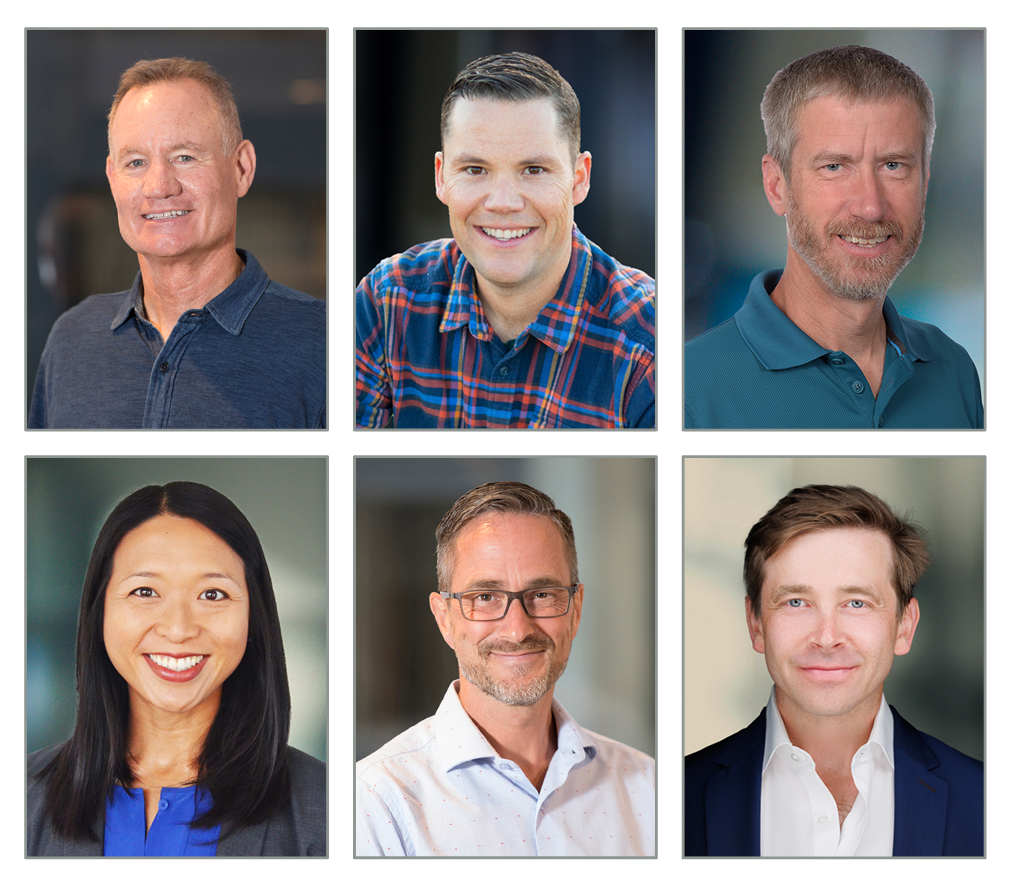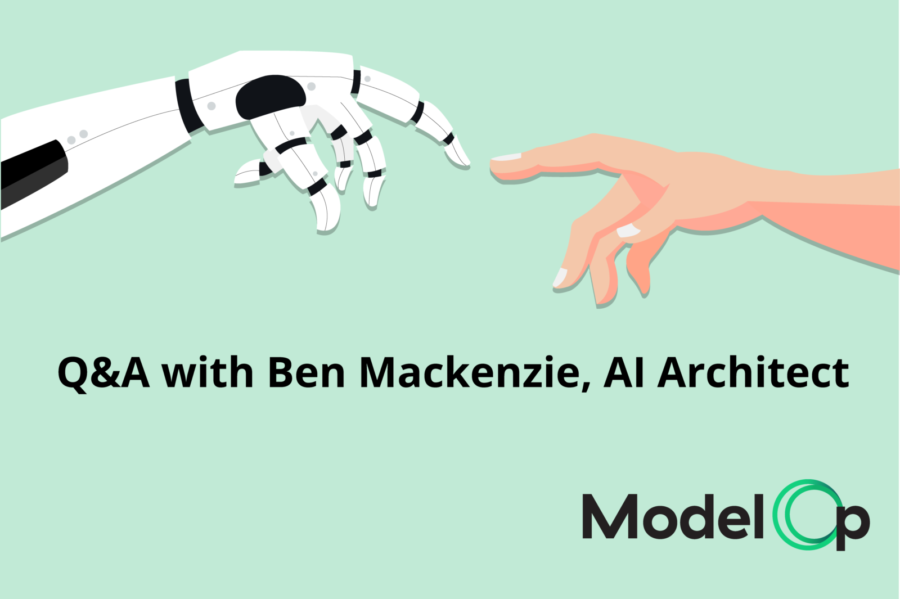How AI Architects are the Key to Operationalize and Scale Your AI Initiatives
Each week we meet more and more clients who are realizing the importance of operationalizing the AI model lifecycle and who are dismissing the assumption that data scientists can handle alone AI imperatives around data and analytics, machine learning (ML) operations and enterprise architecture (EA).
To better support our clients in their ModelOps and AI transformation journey, we secured a strong AI Leadership in-house: Ben Mackenzie.
Recently, Arun Chandrasekaran, Distinguished VP Analyst at Gartner, published a research which recommends to “Create an AI Architect role to define the architectural strategy, create workflows, identify toolsets and automate and scale AI operations.”* We strongly agree with Arun, and we are pleased to share this Q&A with our very own AI Architect, Ben Mackenzie, who will give more color to this new role.
Let’s get started.
Ben, your title is AI Architect. For how long have you had that title?
Ben: About three days. Previously my title was analytics architect…but we all felt that Arun really nailed his description of the role I play for ModelOp customers, that we decided to adopt the title AI Architect.
What does an AI Architect do?
Ben: Well fundamentally It’s making decisions around the platforms, products, vendors and processes to build and deploy AI in the enterprise.
How is that different than a regular Software Architect?
Ben: I think there is a lot of overlap and many of the skills are similar, but AI and machine learning is a vast and complex system and I think a person needs to have some specific experience around AI to be able to navigate through everything.
What kind of experience?
Ben: I think Arun really gets it right is his paper. It includes AI Architecture and pipelines, data management, data science and software engineering.
So you see yourself in the description? What is your background?
Ben: Well…a lot of things line up. I have a strong background in Math (though nowhere near that of my colleagues in our data science group), I am a software engineer by profession, I spent 8 years with Teradata working on data architecture and two years as the technical lead on their Deep Learning practice.
What does ModelOp do?
Ben: Well, we are specifically focused on the operations side of AI. What do you do to put models into production? How do you manage, scale and monitor them, while staying compliant? How do you minimize impedance between the data science process and putting a model into production. Our ModelOps solution helps with all of these concerns. But my day-today and that of the rest of our services team encompasses everything from data architecture to data science to security and cloud strategy.
What are the biggest challenges?
Ben: I think the biggest challenges for AI architecture relate to data pipelines and model operations. For an AI architect, I think the biggest challenge is keeping up with a rapidly evolving ecosystem around AI both commercial and open source.
So, do you have all of the answers?
Ben: Ha! You should probably fire any AI Architect who claims to have all of the answers. I have well-grounded perspectives, a healthy dose of skepticism and a recognition that our customers know things that I don’t and that any collaboration will involve learning in both directions.
What are some of you favorite ideas or technologies in the AI space?
Ben: Hmmm…interesting question. I like Kafka a lot. Probably everyone does. It has huge potential to change the way information moves through an organization. Another favorite is a deep learning framework from Uber called Ludwig. It’s built on Tensorflow but doesn’t require any coding at all – and yet is completely flexible. From a data science perspective it feels like the right way to express intent about a model and from an operations perspective I’d rather have to manage one yaml file than a lot of python code.
Interested to learn more on what makes a great AI Architect? Check out the Full Gartner Insight: Artificial Intelligence Architect: A Key Role to Operationalize and Scale Your AI Initiatives*
Feel free to reach Ben out, he will be happy to share more from his experience and engage in valuable conversations.






